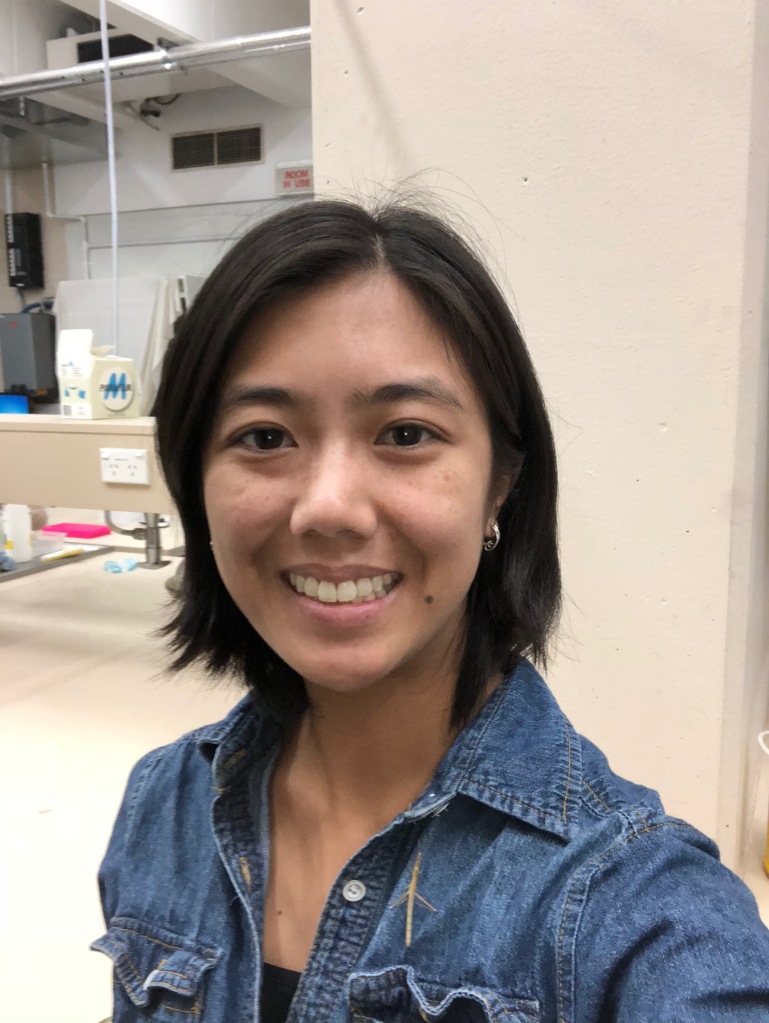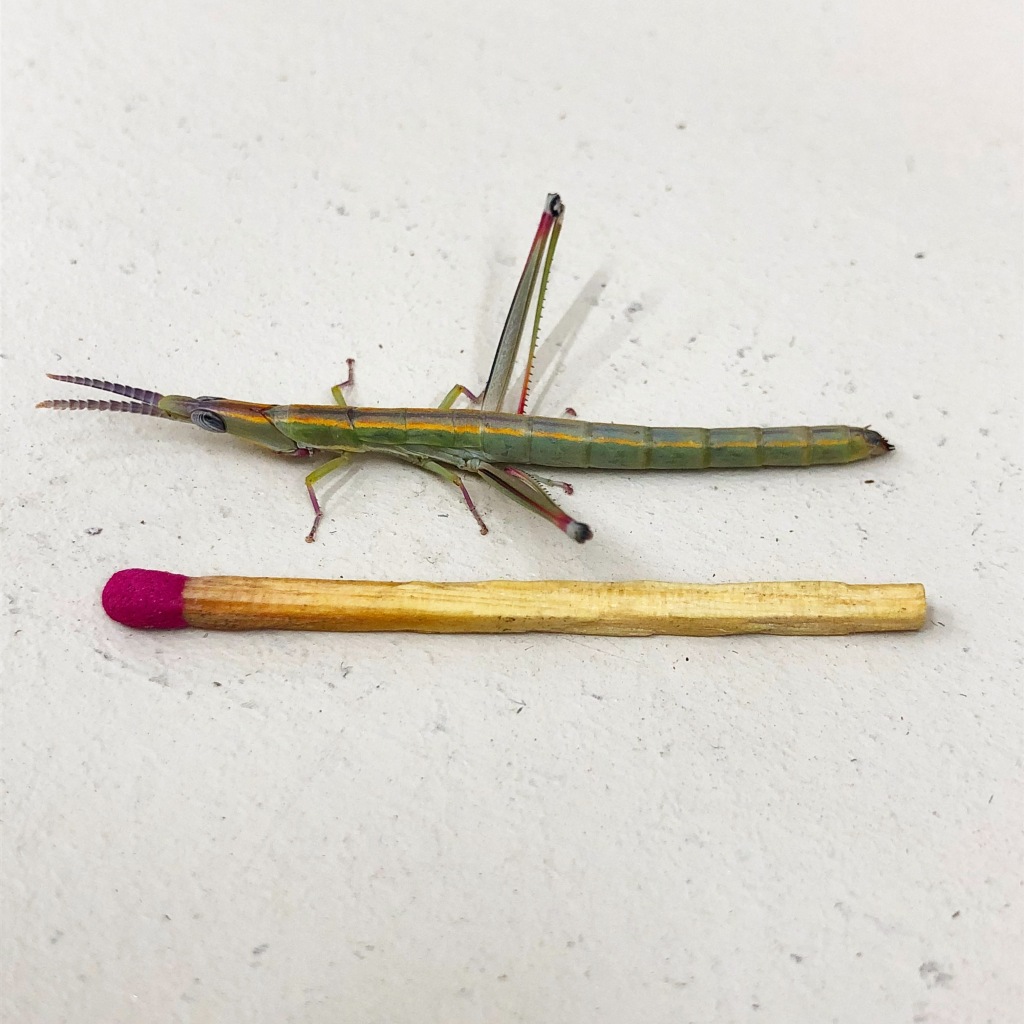Hello!
I want to know where animals live and how they persist in their environment. Functional traits are a focus of my work because traits are how organisms interact with their environment.
My research follows a general theme of the effect of temperature on ectotherms to understand the ecological and evolutionary processes underlying biological patterns. My interests lie at the intersection between ecology, evolutionary biology and climate adaptation.
I answer these questions through an integrative combination of field observations, manipulative laboratory experiments and computer modelling in R, grounded within a theoretical framework.
This site is no longer actively maintained (1/1/21). Please visit my GitHub site for the latest.
Research interests
Ecological & evolutionary physiology
Microclimate
Biogeography
Evolutionary ecology
Thermal adaptation
Experience
Research Fellow
(2023 – Present)
I am a NSERC-Mitacs research fellow at Carleton University, Canada working with Heath MacMillan and Sue Bertram. My research investigates the interplay between diet and rearing context to improve insect farming practices.
Teaching & Research Fellow
(2019 – 2023)
I was a teaching and research fellow at Trinity College Dublin, Ireland working with Nicholas Payne. My research investigated the implications of the relationship between temperature and biological rates for the thermal adaptation of ectotherms and macrophysiological patterns. I taught into third year Zoology and second year Biostatistics.
PhD (Zoology)
(2015 – 2019)
I looked at how ectotherm life cycles are adapted to seasonal climates through the physiological diversity of insect egg development and the consequences of this variation for their distribution and phenology. I worked at the Climate and Metabolic Ecology Laboratory (CAMEL) at the School of BioSciences of the University of Melbourne, Australia under the supervision of Professor Michael Kearney (co-supervisor: Professor Ary Hoffmann). I studied the Australian endemic matchstick (Morabine) grasshoppers (subfamily: Morabinae). These grasshoppers are found all over Australia, and most fascinatingly display a wide range of life histories.
Bsc (Zoology, Hons I, University Medal)
(2013)
My Honours project at the University of Queensland, Australia was on the effect of temperature on the mass-metabolic rate scaling relationship of ectotherms.
Blogging
I sometimes write about stuff I’ve been working on or that I find interesting. Here are some snippets:
Teaching
An R package of learnr tutorials for R and biostats
tl;dr I made an R package called biostats.tutorials containing learnr tutorials on R and stats. Available on GitHub. Learning statistics and R has changed a lot since I started in undergrad and that wasn’t that long ago. When I learnt it, it was basic. The lecturers chose not to use RStudio so we used the…
Links about teaching statistics for biologists
Updated 27/11/20 Teaching statistics has vastly improved from my undergraduate days (and that wasn’t that long ago) in terms of accessible online material and pedagogy. As an undergraduate I would have appreciated some easy to follow readings that weren’t technical replies on StackExchange. We teach introductory stats theory and coding in R to a general…
Online resources for teaching zoology
We’re pretty spoilt for zoology teaching resources at Trinity College Dublin. That’s because we have a quite complete teaching collection in our zoology museum. A superfluous resource for universities in modern times or a relict of imperialism? That’s not important now. What’s important is that our collection is in integral part of our teaching program…
Fun
Measuring the mammalian diving reflex with Apple Watch
I like ecophysiology, data and R. This blog post is a niche intersection between those three interests and I like that. There are two functions of this post1 To try out the RWordPress package for publishing Rmarkdown directly to WordPress Since you are reading this, it worked! (Not really – images are troublesome, I had…
A workaround for group labels on faceted ggplots
I recently had to beautify some figures for a publication. The graph in question was a faceted plot made using the standard ggplot2 function facet_grid(). I prefer to do all my graph editing in R rather than a vector image software and facet_grid() and its partner facet_wrap() are useful functions for presenting graphs of factors…
R colour packages
Themed colour palettes for R are really popular at the moment. The popularity of these project packages is unsurprising. It’s the perfect blend of the geekiness of pop culture and the nerdiness of coding. There are palettes for Game of Thrones, Wes Andersen movies, cities, national parks in the US, Studio Ghibli movies, birds &…



Hi Jacinta,
your fascinating web site popped up when I googled Morabine grasshoppers. This sudden revival of interest in a field I studied nearly fifty years ago was prompted by a picture of my grandson on Facebook with a handsome specimen described by his BA/BSc mum, to my horror, as a stick insect!
As I clicked through the pages and links of this orderly, lucid, original and entertaining site I was startled by the coincidental cross references to my own experience; this very evening the grandsons 5yo big sister collided under water with a Water Dragon evading the family dog. These magnificent creatures have had a special place in my heart since childhood in east Gippsland and dragon counting is an essential part of any family trip to the Botanic Gardens in Canberra.
Well I suppose since I too was once a tutor to Melbourne Uni undergrads, studied evolutionary cytogenetics under the magnificent Prof MJD White at MU, worked at ANU for Prof Barney John and his students, listened to Dave Renz’s community radio programmes and was a friend and neighbour to Nelida Contreras, of Sipyloidea nelida (John, Renz & Contreras), had friends and colleagues in Prof Jenny Graves’ group, worked at CSIRO Entomology, etc ,etc then it is not exactly a random association of factors that brought these coincidences about…
It gives me some pleasure to see that the scientific puzzles of fifty years ago are still challenging and entertaining a lively crew of individuals and I wish you well in an academic career. I myself allowed politics, sex and a severe lack of dilligence and discipline to divert me from postgraduate studies, but was never bored for a single day in fourty odd years as a technician.
One of the cleverer things I did was to marry a teacher, psych nurse, counsellor and writer. Since I dont have a web site I will include hers below.
Regards, David
PS Following the advice of the gracious Senora Contreras I have found that the single greatest determinant of survival of field collected insects, even apparently arid adapted ones, is HUMIDITY. Spray their cages with clean water regularly until you have them in controlled conditions.
LikeLike